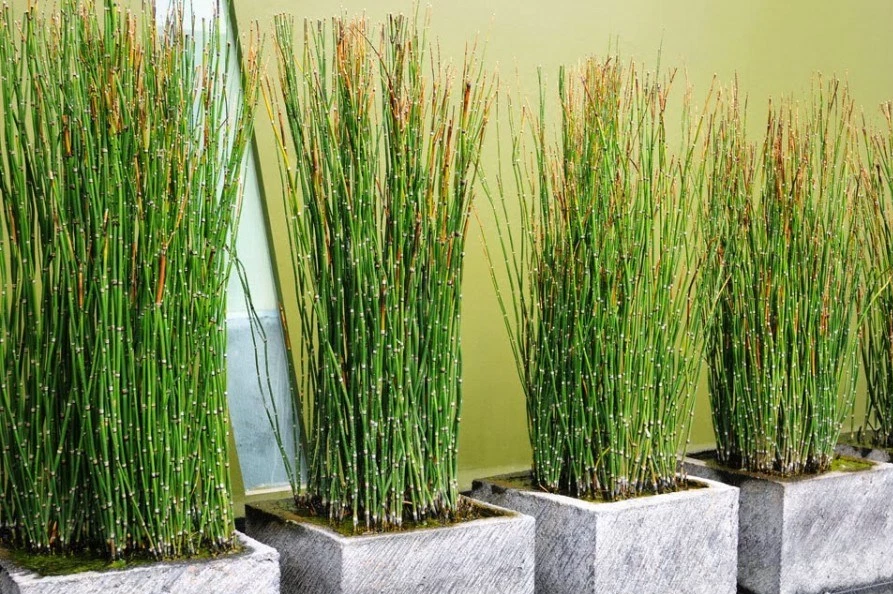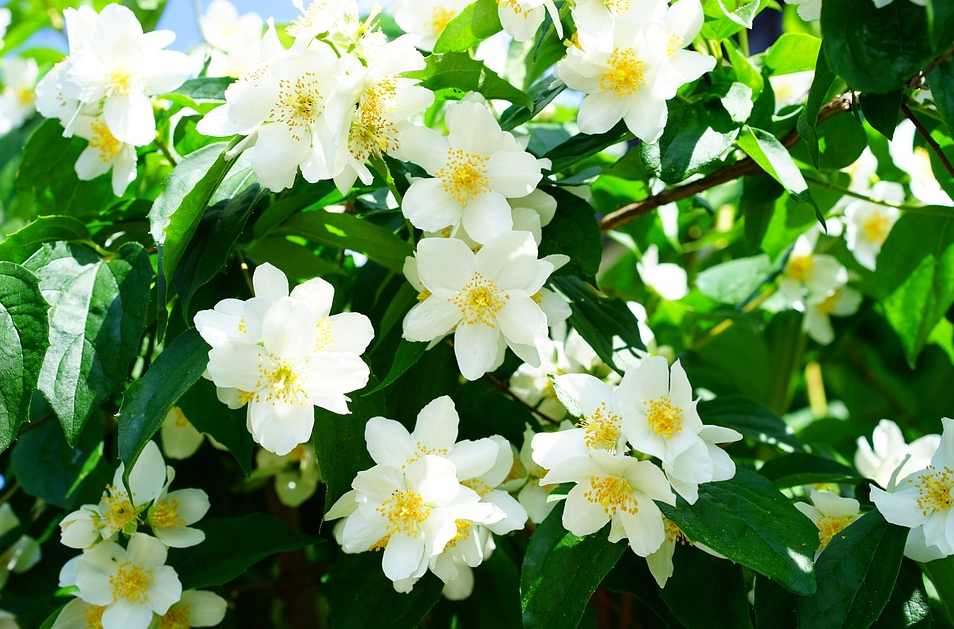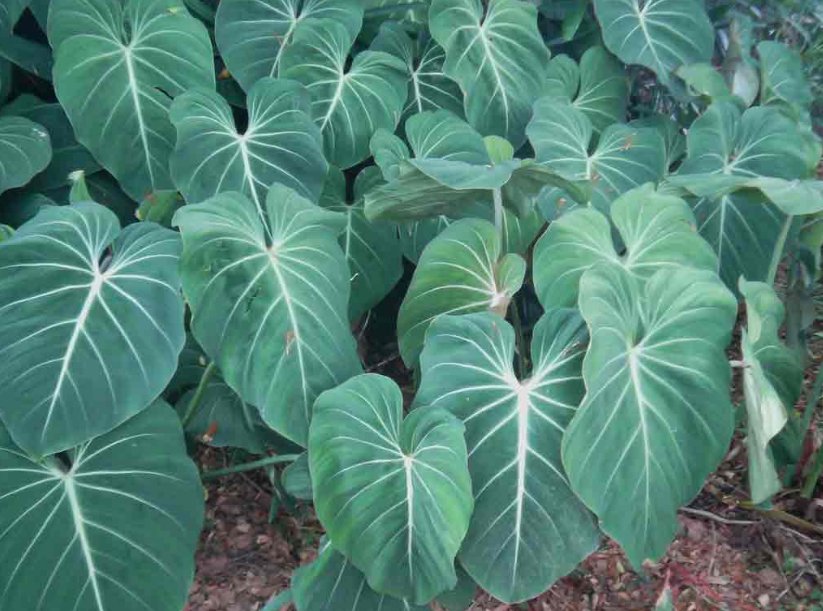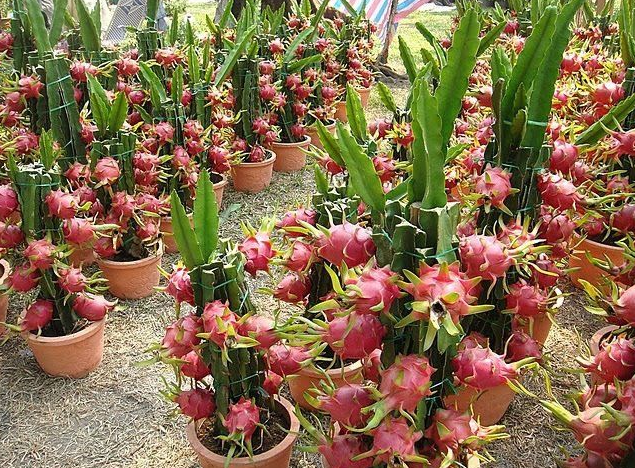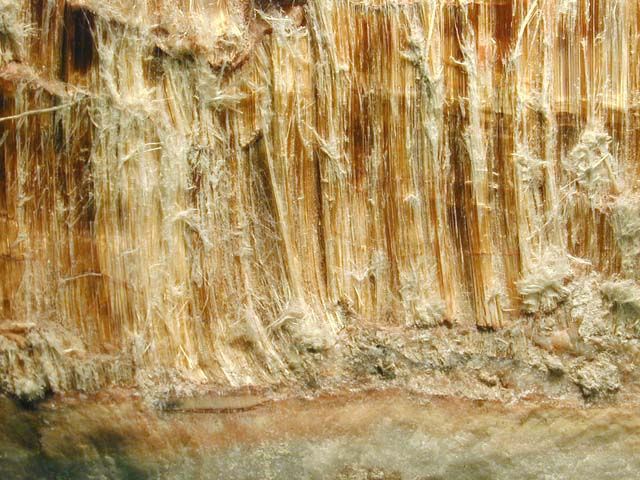Human health is strongly affected by the quality of indoor air, especially in urban areas, 80% of the individual activities happened in the room.
Unlike the case with outdoor pollution that can sometimes be seen with our naked eyes, such as motor vehicle exhaust fumes are black, indoor pollution is not noticeable and odorless. This is why indoor pollution is much more dangerous than outdoor pollution. WHO also stated that indoor pollution could reach 1,000 times the lung compared to outdoor pollution.

The question is, what can pollute the indoor air? Pollutants that lurk outdoors can also be found in the room, where they can join other irritants. For example the smoke from the device and gas-fired appliances, allergens such as pet dander, house dust mites, and mold.
Poor air in the house will trigger coughing, chest tightness, sore throat, watery or itchy eyes, shortness of breath, even asthma attacks. However, the symptoms sometimes are not always easily recognized, and we can not even felt the material directly to our body.
A recent focus on indoor air pollution is the side effect of energy efficiency measures. The solution for this problem is not a higher electricity bill or greater power consumption, but with a better ventilation system. Bathrooms, basements, and attics are some areas that may bring a lot of trouble.
However, air pollution can still be present anywhere, especially room without ventilation.
a. Add more air ventilation
The lack of air ventilation will lead to poor air distribution. For that reason, you need to open your window or your house to help improve air circulation in your house. It’s because if the air continues to settle into your house, it will lead to a humid condition and may bring many diseases.
b. Checks Radon in Your Home
Radon – considered as a risk factor for lung cancer – the substance could be in your own home, says the Mayo Clinic. It is a highly dangerous radioactive gas that is odorless and tasteless and is derived from the soil. The only way to know if your home has radon is to conduct a test which quick and easy and only takes a few minutes of your time. EPA provides a way of testing the substance in a short-term and long-term way. It’s to check the radon on their website.
Other than that, we also need to check the old asbestos material, asbestos is so dangerous and you need to ask some who offer the trusted services. Just for your info, if you live in Brisbane Australia, you can ask and read more about asbestos removal in this site Asbestos Watch Brisbane.
c. The smoke from cigarettes
The smoke from cigarettes causing odors and can lead to passive smokers at risk of suffering from various illnesses such as sinusitis, bronchitis, pneumonia, and worsen asthma symptoms. A cigarette will leave residue on the floors, carpets, sofas and cushions. Besides that, it will leave unpleasant scent. This condition can be harmful to children who often play in the area.
d. Gas and stove
The LPG gas and stoves can release carbon monoxide leak that can cause fatigue, headaches, nausea, and even death, while nitrogen dioxide can lead to respiratory problems. That’s why you need to ensuring your LPG gas and stoves installed correctly. It’s better to place the object near a window or air vent, as well as installing the fan so that the gas will not remain within your house.
You can reduce the air pollution in your home with ornamental plants
Plants can help eliminate toxins inside the house. In addition, the plant is also effective in reducing air pollution in the room. Ornamental plants do not take much place as the vacuum or air filter. Here are some plants that can be useful to filter the air; Boston fern (fern), spider plant (Chlorophytum comosum), English ivy, Palm nut, and Peace lily (spathipyllum). As a rule of thumb, two plants can be helpful per 100 square meters.

